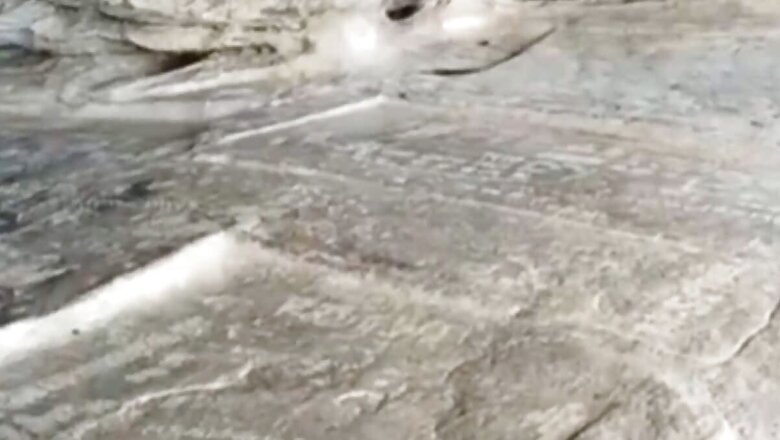
views
Sittanavasal Cave is a 2nd-century Tamil Sramana cave complex in Sittanavasal village in Pudukottai district of Tamil Nadu, India. The monument is a rock-cut monastery or a temple. Built by the Tamil Sramana, it is called Arivar Koil and is a rock-cut cave temple of the Arihant. It contains remains of remarkable 7th-century frescoes.
The wall paintings were painted with vegetable and mineral dyes in black, green, yellow, orange, blue and white. The paintings were created by applying colours to a thin, wet surface of lime plaster.
Ancient monuments such as Gol Gumbaz, the Talagirisvara Temple and this cave are considered relatively unnoticed. The Archaeological Survey of India has included the Sittanavasal Cave in the list of “Must See” Indian Heritage Sites.
The Sittanavasal Cave is listed by the Archaeological Survey of India as one of the Adarsh Smarak Monuments. Sittanavasal is a rock-cut cave located on the western side of the central part of a hill running in a north-south direction. The hill is about 70 meters high and is above the surrounding plain where some archaeological monuments are located. The natural Jain caves, called Ezhadippattam, are accessed from the foothills of the hill. One has to climb a few hundred steps to reach the cave.
The architectural features of the Sittanvasal Cave include the paintings and sculptures found in its surroundings. The Archaeological Survey of India is responsible for the maintenance of the cave and the Jain beds.
The entrance is provided with surul-vyalis (balustrades in the mythical form of vyalis with twisted trunks). The sanctum is square in plan, 0.88 m (2.89 ft) wide and 2.3 m (7.5 ft) high. On the back wall are three bas-reliefs, two of Jain Tirthankaras (as indicated by the triple umbrellas (chhatris) above them and the third relief depicts an acharya (teacher).















Comments
0 comment